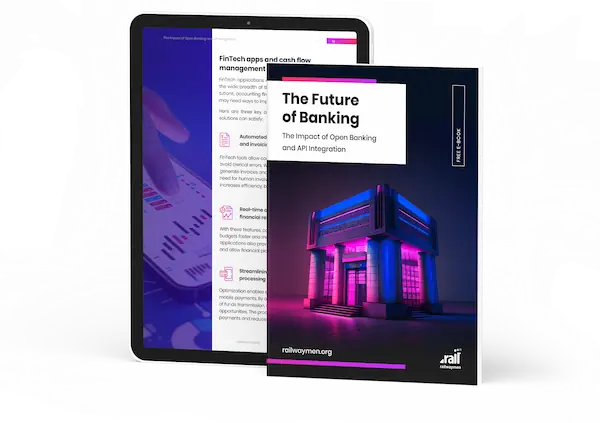There are many ways to conduct online transactions these days. Nowadays, we all meet financial solutions such as online banks, credit and debit cards, cryptocurrencies and digital wallets.
Based on Juniper Research Report, it is predicted that there will over 60% of the global population will use a Digital Wallet by 2026 because digitization accelerates the transition to contactless payments.
In this article, we have prepared precise guidelines for you, thanks to which you will learn step by step how the entire development of the digital wallet application looks like and, what to pay the most attention to when building this type of application.
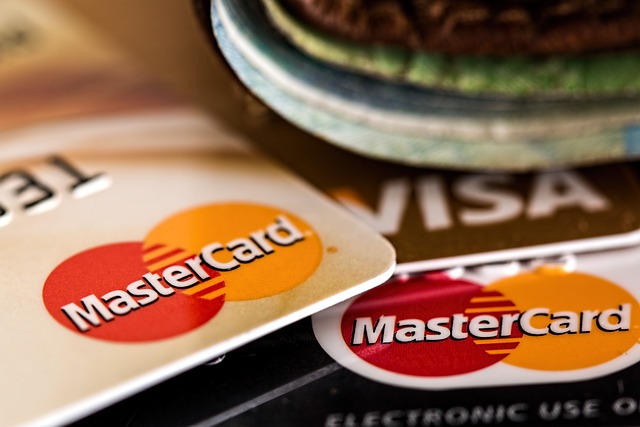
Table of Contents:
1. What is a Digital Wallet App?
2. How does Digital Wallet work?
3. What are the types of Digital Wallets?
4. How to build a Digital Wallet App? Step by Step.
5. What are the basic and advanced features of a Digital Wallet Application?
6. Benefits of building a Digital Wallet Application.
8. The Best Digital Wallet Apps You Need to Know
9. What costs are involved in creating an e-wallet application?
What is a Digital Wallet App?
A digital wallet app is an online payment method on a mobile device, during which there is no need to enter card number, other details or carry a physical card because the wallet securely stores virtual versions of debit as well as credit cards. It enables for contactless purchases, shopping online and in store via various mobile devices by only using the function "tap to pay".
It also saves and stores all digital membership cards, plane tickets, boarding passes, gift cards, concert tickets and e-vouchers, ensuring that there are always the necessary documents on hand.
How does Digital Wallet work?
Digital wallets are based on the wireless capabilities of mobile devices that use Wi-Fi or Bluetooth technology to transfer data. Technologies used directly by digital wallets include: Near Field Communication, magnetic secure transmission or QR code.
#Near Field Communication (NFC)
This is a technology that allows two smart devices to connect and transfer information using electromagnetic signals. In order to connect, the two devices must be within a certain distance of each other.
#Magnetic Secure Transmission (MST)
This is actually the same technology used by magnetic card readers that read your card, you pay for something stationary in the store through the terminal.
#QR Code
Quick Response Codes are matrix barcodes that store information. They operate using the mobile device camera and wallet scanning system to initiate cashless payments.
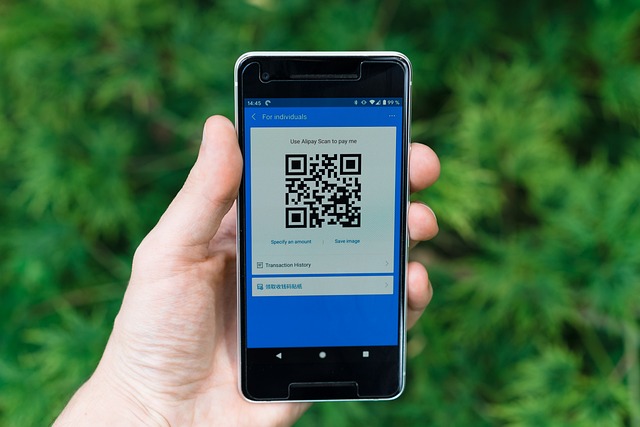
What are the types of Digital Wallets?
There are three main types of Digital Wallets:
-
Closed wallet - it is a digital payment system that is specific to a particular brand or retailer. It can only be used to make purchases from the retailer with which the wallet is associated.
-
Semi-closed wallet - contains a number of locations that accept this payment method. It is not restricted to a single retailer, but is not as widely accepted as credit or debit cards.
-
Open wallet- it is a digital payment system that can be used to make purchases from any retailer that accepts the payment method associated with the wallet. This type of wallet is the most flexible for the user. Very often, it also offers features such as expense tracking.
However, nowadays, the interest in cryptocurrencies is growing and for this reason, it is also worth mentioning cryptocurrency wallets.
They are based on a system that stores public and private keys that are used to send, receive and store cryptocurrencies such as Bitcoin or Ethereum. The main task of crypto wallets is to enable the management of cryptocurrency resources and interact with the blockchain.
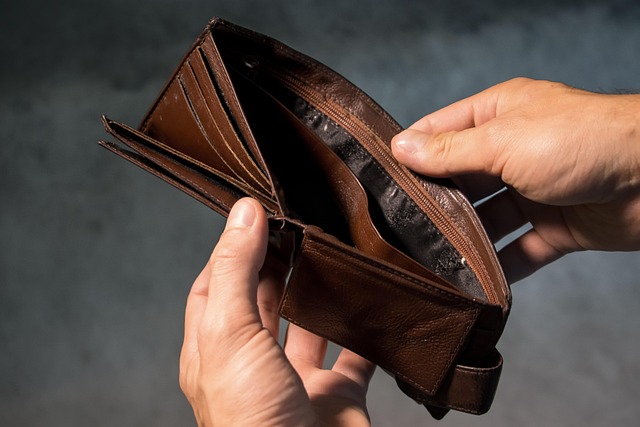
How to build a Digital Wallet App? Step by Step
#Step 1: Discovery Phase
Define the scope and purpose of your application and answer the key questions about the type of wallet you want to create, what will it focus on (payments, rewards for use), etc.
At this stage, it is also important to conduct market research to understand your target audience's needs and preferences, as well as to analyze your competitors' strengths and weaknesses - this will allow you to identify unique functionality that will set your application apart from the competition.
#Step 2: Chose your Tech Stack and the Specific the Platform
At this stage, you have to decide on the choice of platform for your e-wallet. You choose between a native application, i.e. one that is compatible with only one mobile operating system - iOS or Android, and a cross-platform application, i.e. one that has one code base and is compatible with many operating systems, and even with the Internet.
You also have to decide what tech stack is the most suitable for your project and what development team to choose.
If you want to find out how to choose the best remote team in 2025, read one of our articles!
#Step 3: UX/UI Design
At this stage, focus on the visual implementation of your product using mock-ups. Hand over the resulting prototype to specialists, who will start working on the user experience and user interface.
Remember that your digital wallet design should be intuitive and easy to use, with a clear and consistent style.
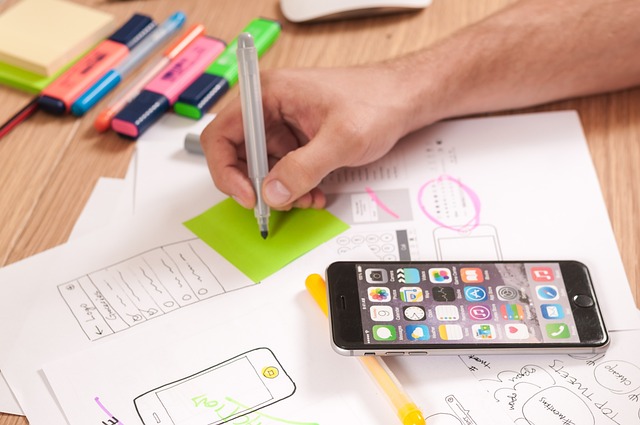
Step 4: Develop Minimum Viable Product (MVP)
You don't have to focus on all the planned functionalities from the very beginning. We recommend starting with the minimum viable product, which means that the basic functions such as the ability to add payment methods and make transactions should be implemented first. Then share this basic version with your target audience and analyze their opinions.
#Step 5: Conduct the Tests (QA)
Quality Assurance is one of the most important parts of the digital wallet apps. After all - as a client, you want your software to not only be beautifully designed, well coded, and liked by your target audience, but also bugs and errors free.
In this case, you have the choice between automatic and manual tests to ensure that your digital wallet is stable and reliable.
#Step 6: Launch your and Maintain Digital Wallet App
Once your app is released, keep updating and improving your app on an ongoing basis to ensure it stays up-to-date and valuable to users.
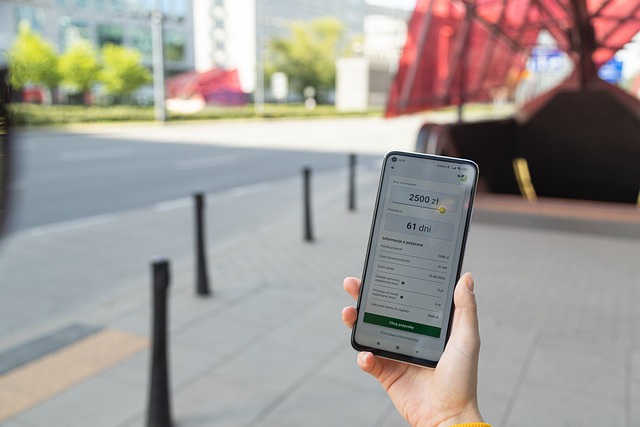
What are the basic and advanced features of a Digital Wallet Application
If you are determined and want to build a digital wallet app, you need to know what are the basic and advanced features that are worth implementing.
Basic features:
-
User registration - these processes should be straightforward, with multiple registration and login options available, such as phone number, email address, and even social media.
-
Security - to protect payment information, a digital wallet should have strong security measures.
-
Integration of card and bank account - with the help pf this process, it is possible to transfer funds from the account to the e-wallet.
-
Payments and Transactions - a digital wallet should support payment methods such as bank transfers, contactless payments, NFC, QR codes and biometric payments.
-
Transaction history - users should be able to see what they spend their money on, and the mobile wallet should also have a detailed transaction history.
-
Bill payments - this feature should remind them of upcoming payments via push notifications.
-
Chatbot - an important feature is customer service, so the chatbot will be an intuitive alternative to answering simple and frequently asked questions.
These are the features your digital wallet requires in the first place.
Advanced features:
-
Automatic payments - using this feature, users are able to schedule regular payments so as not to forget about them.
-
Budgeting tool - with this function, users can track expenses and better plan their budgets.
-
Rewards and discounts - for using the application, users can receive additional discounts, loyalty cards, rebates from application partners.
Benefits of building a Digital Wallet Application
E-wallets have plenty of positive aspects both for you, as a person who wants to build this type of application, and for potential users. The most important advantages of building a digital wallet include:
-
Convenience and functionality - the virtual wallets allow users to make electronic payments and manage finances from smartphones, there is no need to carry physical cards with them.
-
Better budget planning - e-wallets help track spending habits, and thanks to the generated reports, they are able to suggest the maximum amount to be allocated to specific categories.
-
Security - digital wallets can be a safe way to conduct electronic transactions because they frequently use strong security measures to protect user data, such as encryption and multifactor authentication (biometric security, such as a fingerprint scan or facial recognition).
-
Improved data analysis - mobile wallet applications collect data on user behavior and preferences more effectively, which can be useful for businesses that want to better understand their customers and improve their products and services.
-
Simplified payment process - the e-wallet opens up new possibilities for online payments, for example using QR codes, or the ability to split bills.
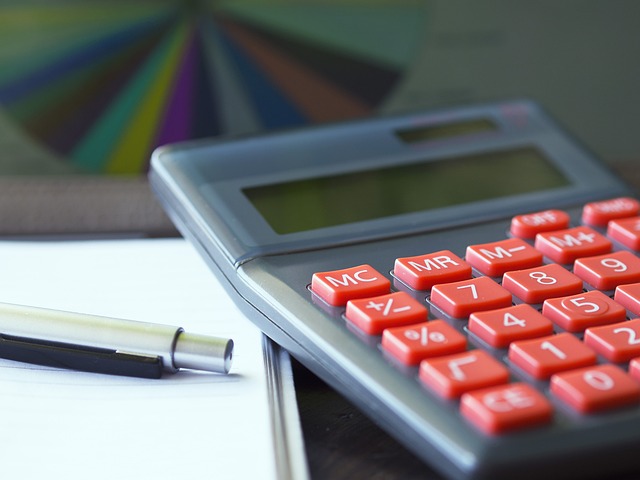
How safe are e-Wallets?
Digital wallets usually use strong security measures to protect your payment information, so they can be a secure way to conduct electronic transactions.
The security of the digital wallet is influenced by three key elements. The must-have in this type of app are password, point-to-point encryption (P2PE), tokenization, and multifactor authentication
-
Password - this is the basic type of protection that any digital application should have. The user must remember not to create a password that is too simple or too short because the level of protection is lower at that point. It is worth adding a function from the application level that will reject an easy-to-break password, thanks to which the wallet protection will be increased.
-
Point-to-point encryption (P2PE) -this is an advanced security technology that safeguards the transaction from beginning to end. When the phone is moved over the terminal, the encryption process begins and continues until the transaction is successfully completed. This type of security is one of the most important features of a digital wallet.
-
Tokenization - is a reliable data encryption system. It consists in changing the payment information into a random sequence of symbols called a token.
-
Multifactor authentication - this is an additional layer of security that goes beyond simply entering a username and password. It secures an account by utilizing a minimum of two unrelated authentication methods.
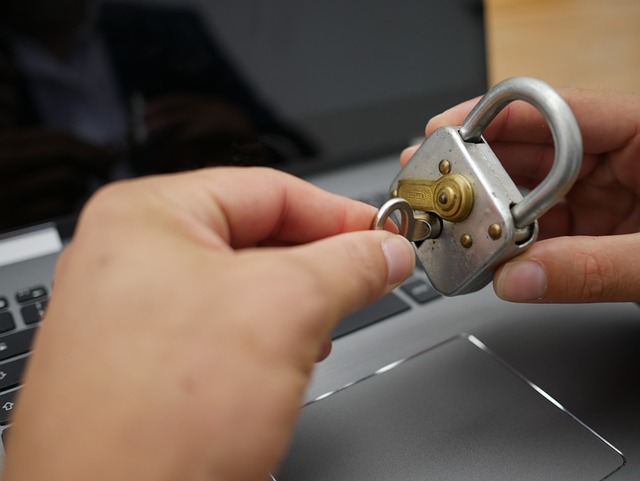
The Best Digital Wallet Apps You Need to Know
#Apple Pay
Apple Pay is a contactless payment technology for Apple devices. It was designed to move consumers away from physical wallets. Debit and credit cards are on your iPhone or Apple Watch and allow you to pay using those devices instead of a card. The transaction can be confirmed by face ID or in Apple Wallet.
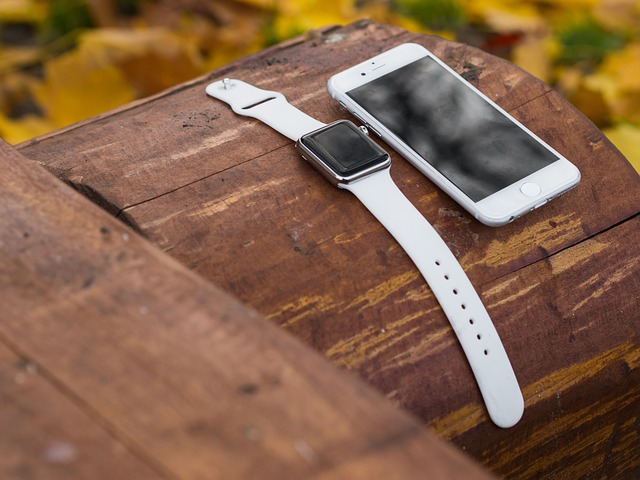
#Google Pay
Google Pay is an in-store smartphone payment option built into Android devices that connects to the device's primary account number.
Google Pay, like many other mobile wallets, accepts payments via NFC technology, allowing users to pay with either fingerprint or a password, and the user's card information is always encrypted.
#Samsung Pay
Samsung Pay uses both MST and NFC technology. Thanks to this, you can make contactless and digital payments on terminals via Samsung devices. Samsung Pay also works with magnetic stripe payment terminals and has a reward's system for purchases that the user can start using at any time.
#Google Wallet
Google Wallet is a mobile application that allows you to send money to family and friends. It does it directly from a linked debit card bank account or directly from balance.
It mainly uses an email address or phone number, and the money transfer takes a moment. A Google Payments PIN is required to access funds.
#PayPal
PayPal is a payment platform that helps make payments between parties through online money transfers. The people who have PayPal account can make purchases, send, receive payments from other users of this platform.
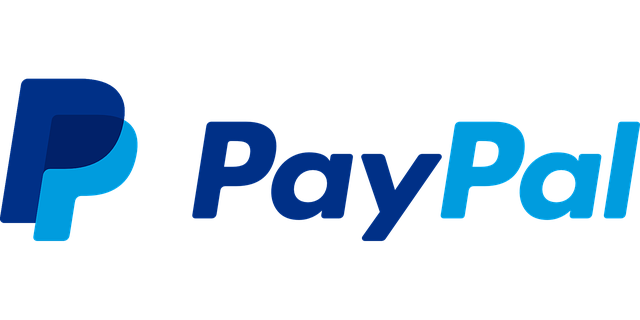
What costs are involved in creating an e-wallet application?
The cost of developing a digital wallet app can vary greatly, depending on many factors. We have distinguished those that have the greatest impact on the final price of such an application:
-
application complexity,
-
type of platform on which the application is to be built (we distinguish here Android, iOS, cross-platfrom),
-
number of basic and advanced features to be included,
-
location of the development team and their hourly rate, that depends on the experience and skill set of the programmers.
If you are curious about How Much do We Charge, read the article: Railwaymen App Development Cost Breakdown.

Summary
Nowadays, more and more people prefer mobile app payment methods for all their financial transactions, especially Generation Z because it is the easiest way to pay. E-wallets are the future as they enable secure contactless in a few minutes.
From the content of our article, you probably know that creating a mobile wallet is not an easy task. It consists of several stages and processes that lead from a simple concept to the first working version with real users.
However, the current market indicates that the use of mobile wallets will continue to grow, so now is the best time to implement your idea and reap business benefits.
Our team consists of motivated minds with many years of experience, thanks to which each application we develop is well-designed, fully tested and ready to enter the market.
We are leaders in the FinTech industry, so if you are considering creating a Digital Wallet App, we encourage you to familiarize yourself with our Discovery Phase service, thanks to which you will be sure that your idea will be validated and developed by highly qualified engineers, equipped with all the latest technologies your application needs.
Find out what banking will be like in the coming years with our e-book
Want to learn about the latest banking trends and how they impact the industry? Our e-book "The Future of Banking: The Impact of Open Banking and API Integration" is the perfect resource for you. With expert analysis and practical tips, you will be equipped with the knowledge you need to succeed in today's FinTech landscape.
DOWNLOAD NOW